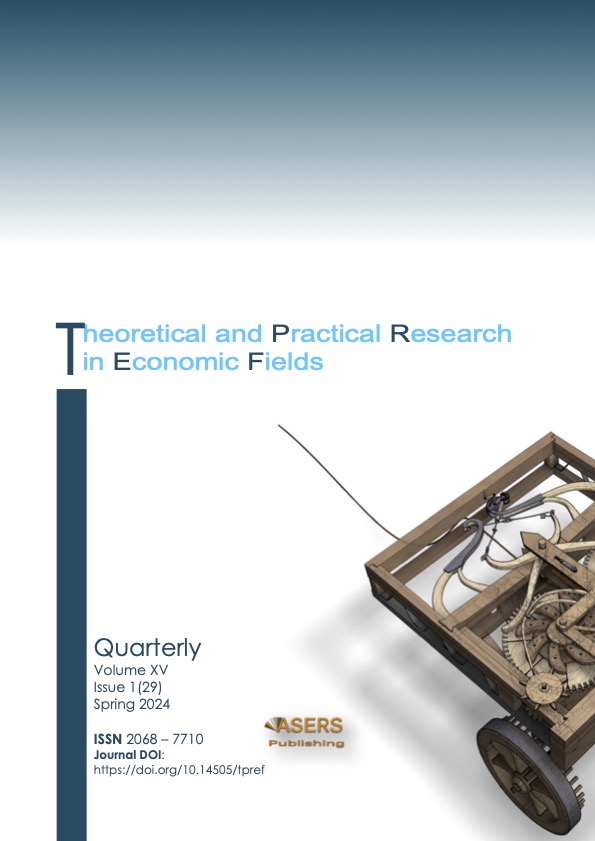Opinion about the Liquidity Preference Theory. Discussions Concerning Weight and Risk in the Townshend-Keynes Letters of November-December 1938
Opinion about the Liquidity Preference Theory. Discussions Concerning Weight and Risk in the Townshend-Keynes Letters of November-December 1938
Author(s): Michael BRADYSubject(s): Economy
Published by: ASERS Publishing
Keywords: evidential weight of the argument; weight; uncertainty; degree of completeness of the evidence; confidence; liquidity preference; rate of interest;
Summary/Abstract: Townshend wrote Keynes a letter on November 25th,1938 and asked Keynes the following question, after informing Keynes that he had read Keynes’s A Treatise on Probability a number of years earlier and understood Keynes’s concept of non-numerical probability:“This is the nearest I can get to an analysis of the part played by the factor of confidence in the rationale of interest. I believe that its further logical analysis at a deeper level of generalization is connected with the part played by the weight of evidence in your theory of probability, but I cannot see just how….” (Townshend 1979, 292; italics added).Townshend ‘s question can be rewritten in the following fashion:“Where, in your A Treatise on Probability, is your analysis of the connection between the variable, confidence, in the General Theory and the weight of evidence in your A Treatise on Probability, applied to support your analysis in the General Theory of your liquidity preference theory of the rate of interest?”Keynes’s response was direct and straightforward:“As regards my remarks in my General Theory, have you taken account of what I say on page 240, as well as what I say at page 148, which is the passage I think you previously quoted…”.(Letter to Townshend, Dec. 7th ,1938).The answer given here by Keynes is for Townshend to read p.240 of the General Theory; however, it relates directly to Keynes’s chapter 26 of the A Treatise on Probability.What Keynes provides the reader of the General Theory on p.240 is his statement that there is no discussion of how to estimate/calculate the risk and liquidity premiums in the General Theory. This paper demonstrated that Keynes’s discussion of how to estimate the risk and liquidity premiums occurs in chapter XXVI of the TP.This paper demonstrates the logical and mathematical links between Keynes’s General Theory liquidity preference theory of the rate of interest, where liquidity preference is defined as a function of uncertainty, U, and Keynes’s A Treatise on Probability analysis of the evidential weight of the argument, V, which equals w, which is expressed in degrees. Keynes is pointing out to Townshend that U is a function of V, which is equal to w expressed in degrees. Thus, U is a function of w. We can write this out in English- The evidential weight of the argument, V, is equal to the degree of the completeness of the amount of information on which the probability is based. Thus, Uncertainty is a function of the evidential weight of the argument, while liquidity preference is a function of uncertainty. The analysis that is missing in all past discussions by economists and philosophers of this issue has been their failure to identify the role played by Keynes’s mathematical variable, w.
Journal: Theoretical and Practical Research in Economic Fields (TPREF)
- Issue Year: XV/2024
- Issue No: 1(29)
- Page Range: 45-53
- Page Count: 9
- Language: English
- Content File-PDF

